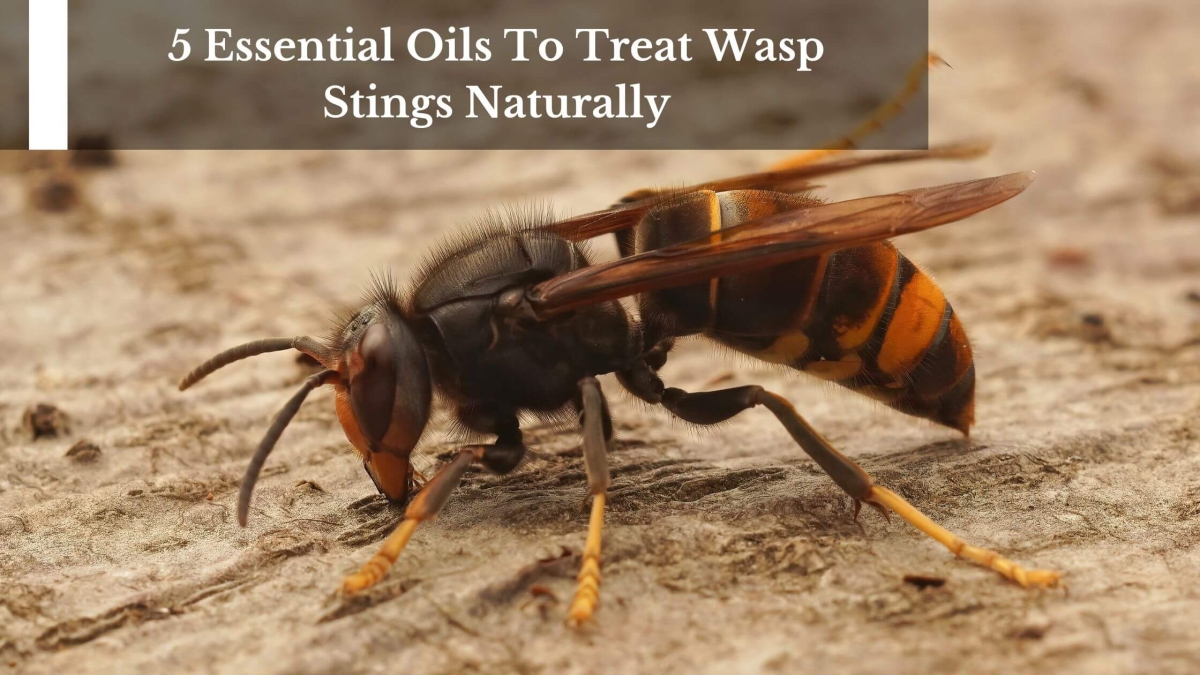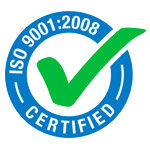Wasp stings are a summertime problem. They can be painful and cause local inflammation, swelling, and redness. Fortunately, there are simple home remedies to relieve the ills caused by these insects which trap you in your walk or linger on picnic tables, mid-afternoon. In summer, exposure to these stinging insects becomes more and more common. If you are not allergic, their sting causes just a little pain which can be easily cured with a home remedy. Wasp stings or insect bites are venomous, or toxic, in nature venom is injected by the female wasp into the skin of its victim while they remain attached to it for a few minutes before they leave.
You may also like:
The venom contains protein that hurts the victim’s body and creates inflammation on the spot where they sting. This reaction is called an allergic response in our body; it is similar to that of bee stings. When essential oils are applied to the stung spot, they stop the swelling and create the effect of cooling down the wound. This cooling effect happens because these essential oils affect nerve cells in the body causing pain relief by reducing inflammation. Quite several people know about peppermint oil as it is well known for its disinfectant and antiseptic capacity. However, you won’t believe what other plants have antibacterial, antifungal, and antiviral properties that help in treating stings!
5 Essential Oils For Wasp Sting:
1) Lavender Essential Oil
Lavender is a colorless liquid that has a very mild and pleasant odor. It is extracted from the lavender flower and is used in cosmetics, soaps, detergents, and perfumery. Lavender oil contains many different antioxidants that help treat wounds by reducing inflammation and pain. Research has also shown that it reduces anxiety, treats inflammation, and acts as an analgesic. In addition to treating wasp stings, lavender can be used to make an antiseptic lotion for dog wounds to prevent infection after surgery or accidents.
2) Lemon Essential Oil
Lemon essential oil is used in the treatment of burns, wounds, and cuts. It also has an antiseptic property that helps keep wounds clean for a longer time and prevents infection by bacteria. The Lemon essential oil has a strong smell and can be much stronger than lavender oil. This is why it’s better to dilute it with a carrier oil before applying it on the wound as lemon essential does not go well with water on its own.
3) Tea Tree Oil
Tea tree essential oil is also known as melaleuca. It possesses antifungal and antimicrobial properties which help in treating stings, bites, and other skin infections by killing harmful microbes found in the wound. It is also an effective disinfectant and helps in treating wounds. Tea tree oil can be used to treat bacterial skin infections, acne, pimples, and boils. It can also help in healing burns and infected wounds. However, it is not suitable for broken skin or open wounds as it might cause more damage to the skin.
4) Eucalyptus Essential Oil
Eucalyptus essential oil is extracted from eucalyptus trees which have a strong fragrance used as a medicinal substance and insect repellent. The Eucalyptus tree covers over 70 different species of eucalyptus which have a variety of uses in medicine, industry, cosmetics, and food. Eucalyptus essential oil contains the compound cineole which helps relieve pain and itching due to insect stings and bites. The soothing smell of eucalyptus is great for opening airways and reducing inflammation in the nose. It has a mild sedative effect that helps in treating coughs by reducing phlegm buildup in the chest. It also helps treat other respiratory problems such as bronchitis, colds, flu, etc.
5) Basil Essential Oil
Basil essential oil is an excellent insect repellent and has antibacterial and antifungal properties. It is extracted from the leaves, flowers, and stems of the basil plant. Essential oils are also extracted from other herbs like eucalyptus, rosemary, thyme, mint, etc. which have a strong antibacterial and antifungal effect. It is a natural substance that can be used in the treatment of acne, cramps, muscular pain, etc. by reducing inflammation and relieving pain in muscles. Having said that, it must have been mentioned earlier that basil should not be used on broken skin or open wounds as it might cause more damage to the skin.
DIY Recipes For Essential Oils To Use For Wasp Sting:

Recipe 1: Oil Mix For Swelling
Ingredients:
- 3 drops of lavender essential oil,
- 1 drop of tea tree essential oil,
- 1 drop of lemon essential oil,
- 1/4 tbsp ginger essential oil, and
- 3/4 cup of water for dilution
Method:
- Combine all ingredients in a glass container and store them in a cool place.
- Store the mixture upside down in a dark place.
- Shake the bottle before using it.
- Apply the diluted mixture directly on the affected area 2-3 times daily until you see signs of improvement.
Recipe 2: Insect Bites
Ingredients:
- 1 drop each of lavender and tea tree essential oils,
- 5 drops each of peppermint and eucalyptus essential oils, and
- 6 drops of your favorite scent of body lotion or hand cream.
Method:
- Mix all essential oils in the body lotion or hand cream.
- Apply on the affected area 2-3 times daily.
Recipe 3: Antiseptic For Wounds
Ingredients:
- 2 drops each of lemon, peppermint, tea tree, and lavender essential oils,
- 1 tbsp vinegar or Witch hazel oil,
- 2 cups of water, and
- 1 tbsp of honey, or glycerin
Method:
- Combine all ingredients in a glass container and shake well until they dissolve completely.
- Store it in a bottle with a dropper.
- Apply the solution on the affected area as needed until signs of improvement show up.
Honey is a natural antiseptic while glycerin helps to increase the viscosity of the formula.
Recipe 4: Instant Relief From Bites And Stings
Ingredients:
- 3 drops each of lemon, peppermint, and eucalyptus essential oils,
- 5 drops each of basil and tea tree essential oils,
- 2-3 drops of calendula essential oil, and
- 10-15 drops of lavender or rosemary essential oil
Method:
- Mix all ingredients in a bottle or small glass jar with a dropper or applicator to make an oil-based mixture.
- Apply it on the affected area 2-3 times daily until signs of improvement show up.
You may also like:
FAQs:
1) What precautions should be taken before using essential oils for wasp stings?
Before using essential oils for wasp stings, make sure you verify if the wasp sting is dangerous or not. If the wasp venom contains proteins, then it is a safe way to use essential oils for wasp bites. Even honey is a good remedy for curing wasp stings and not just essential oils. It’s best to visit a doctor if medical attention is needed.
2) How long do you have to wait before applying essential oils to the skin?
Depending on the type of oil used, it takes around 30-45 minutes before applying it to the skin. They are perfectly safe to use on babies. But it is best to consult with a doctor or a qualified aromatherapist before using them on infants too.









